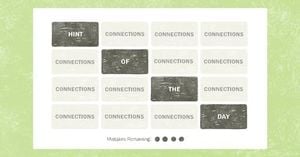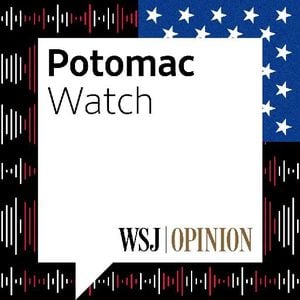Millions of users still clinging to their trusty Windows 10 devices are waking up to some unsettling news from Microsoft. The technology giant has confirmed it will be pulling the plug on free support for this widely used operating system, which could lead to unforeseen costs for those who choose to hold on to it for just a little longer. With the cutoff slated for October 14, 2025, Microsoft users are now faced with the dilemma of either upgrading to Windows 11 or paying for extended security updates.
The announcement was made clear by company representatives, such as Yusuf Mehdi, Microsoft’s Executive Vice President and Consumer Chief Marketing Officer. He stated, “Starting Oct. 14, 2025, Windows 10 will no longer receive security updates. Security threats evolve and adapt, so must our operating systems and hardware.” This reality sets the stage for the impending deadline where free updates, patches, and new features will come to an abrupt end.
The company is rolling out Extended Security Updates (ESUs), but there's a catch: this service will cost consumers $30 (£24) per year. What’s on the line? These updates will still provide “critical and important security updates,” but they will not include new features or bug fixes, leaving users needing to weigh their options carefully.
“We understand some of you may require more time to transition to Windows 11,” Mehdi added, acknowledging the harsh transition many may face. For those reluctant to upgrade, the ESU program presents somewhat of a lifeline, enabling users to keep their devices functioning safely for another year.
Even with this option on the table, transitioning to Windows 11 appears to be the more favorable choice. Microsoft has stressed the benefits of upgrading, emphasizing the enhanced features and greater security improvements found within Windows 11. This newer version is not only more secure, but it brings with it new functionalities and apps, making it the preferred option for most users.
But here’s the kicker: to install or upgrade to Windows 11, users must meet specific hardware requirements. This includes needing at least a one-gigahertz processor with two or more cores on compatible 64-bit machines, four gigabytes of memory, and 64 gigabytes of available disk space. A graphics card compatible with DirectX 12, alongside UEFI with Secure Boot capability, is also necessary.
If your machine checks all these boxes, now might be the best time to leap toward the new operating system and avoid those pesky fees. On the flip side, if you can't meet these hardware requirements, you’re left with three choices: remain unprotected with the existing Windows 10, sign up for the yearly ESU, or opt for purchasing brand-new hardware.
It’s important to note, as many users prepare for the upcoming changes, Microsoft’s new fee may feel like more than just pay gates—it’s also part of the company's strategic direction. By nudging customers away from outdated technology, Microsoft aims to maintain its competitive edge. Users should pay attention to these shifts, especially if they're hesitant about upgrading.
This isn't just about sticking to what you know. Finding ways to balance cost versus security is something every Windows user must now confront. While the prospect of 'upgrading for free' might feel appealing, those days are gone for Windows 10 users.
For the vast number of users who may have assumed they could ride out the storm with Windows 10, the upcoming fee for security updates could prompt significant changes. Staying up to date with technology isn't just about convenience. With rising cyber threats, security for personal devices is more important than ever.
To wrap up, Microsoft’s shift may be intended to increase its user base for Windows 11 and to reinforce security for its clients. The option to pay for ESUs could come as news to some, but for others, it's simply pushing them down the path of technological evolution.



